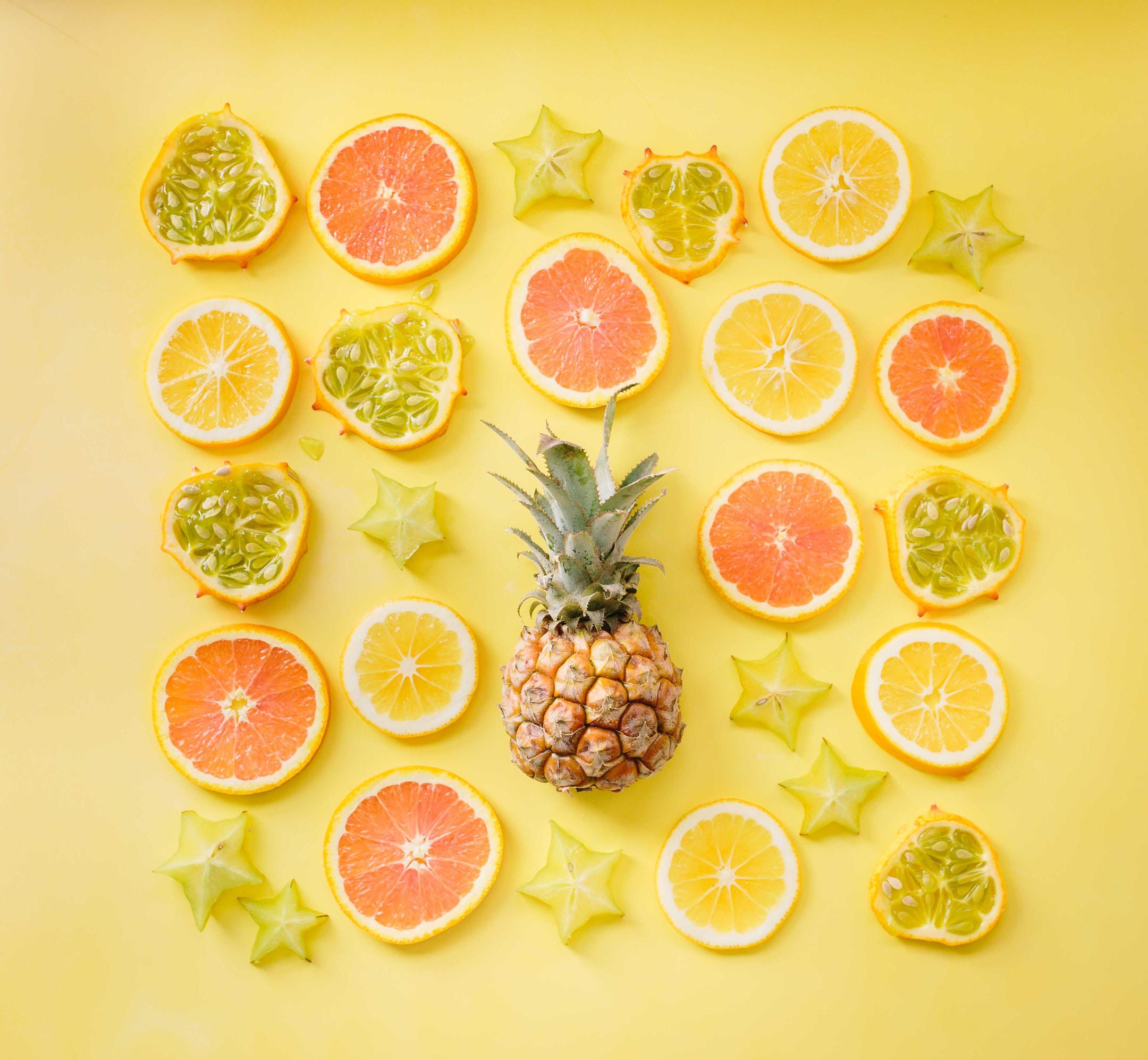
Technology in today's market with the advances in raw materials, will give our customers the finest coatings for use in our tropical climate.
However, certain color selections that require the use of specific "organic" or synthetic pigments will not be as color fast and are prone to premature fading. In addition, these types of color pigments will not yield adequate coverage for a one-coat process.
Paint derives its opacity when the paint film dries due to the spacing of the pigment particle that refract the light, thus making the coating opaque. Specific pigment selection, the use of top-quality titanium dioxide, and 100% acrylic emulsions insures this fact.
However, with the use of the clean organic color pigmentation the hiding is reduced in the coating system. Basically, the particle size of the organic colors, reduces the scattering of light and thus reduces the coatings ability to hide and become an opaque barrier. A white paint will provide one-coat coverage. With the addition of these types of organic pigments in the same white paint, the hiding is reduced, and one coat will not be adequate.
These same organic-colored pigments are also very prone to fading and changing colors in exterior exposures. This type of fading is not controllable by the quality of the paint’s basic pigmentation and vehicle selection. The organic pigments have the distinct characteristics of not being color fast in exterior exposures. In our tropical climate with the constant sun and intense heat, the fading phenomenon will be magnified geometrically. It has been noted that when placing a dried paint film under a hair dryer, that these types of organic colors will "burn out" of the film and discolor right before one’s eyes.
It is out of the control of the paint manufacturer to control this phenomenon. The problem lies directly with the colors that are selected, not with the paint.
Clean yellows, reds, blues, magentas, and green pigments (hansa yellows, medium yellows, perylene reds, Thalo blues, lithol rubine Thalo green) are the culprits that can make one’s paint and subsequently the paint job look bad.
To minimize these problems when selecting colors for exterior usage the decision maker should consult the paint manufacturer for suggestions. An astute color specialist can formulate a similar cast or tone of a desired color utilizing colors that will be color fast, durable, and not detract from the opacity. The color will not be precisely be as "clean" as what is requested, but in most circumstances, it will yield the desired effect that one is trying to achieve with a coating that will have long term durability and not be susceptible to extreme fading.